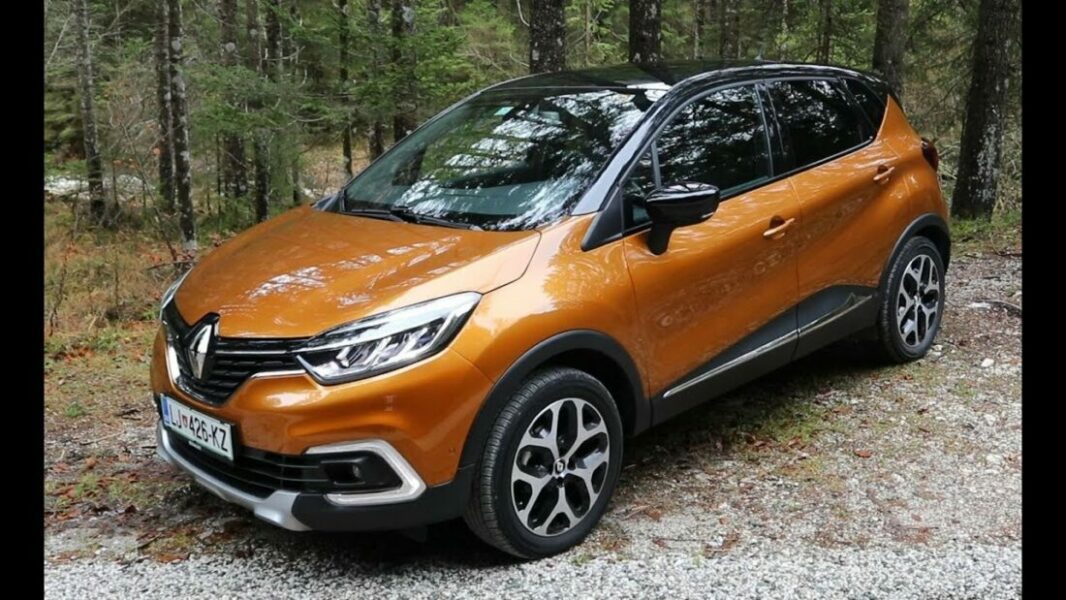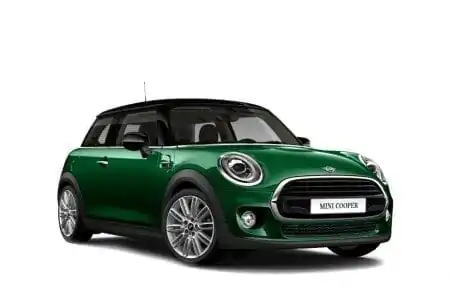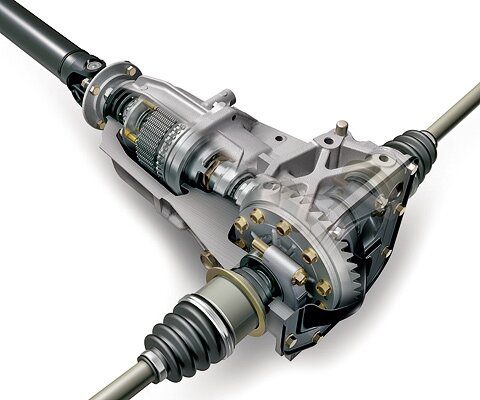
Renault Captur Outdoor Energy dCi 110 Stop-start
Crossovers of various sizes are gaining popularity in the car classes, and Renault is no exception. This is also evidenced by the Captur, which took over the role of the limousine van from Modus three years ago and also modernized it with a bit of a rougher base. In the most equipped version of the Outdoor, it can, to some extent, even confirm its field role.
Download PDF test: Renault Renault Captur Outdoor Energy dCi 110 Stop & Start

Sasha Kapetanovich
In particular, the Captur Outdoor version is equipped with an Extended Grip interface, which can be recognized from the inside by a switch on the middle ledge, with which, in addition to the basic front-wheel drive, you can also choose to drive on the ground. surfaces and the program "Expert". The system controls the slippage of the drive wheels and provides better grip on the ground, as well as on snowy and slippery roads. Don't expect miracles here, as dirt road trips end quickly, mostly because the Captur tester had fairly road-oriented 17-inch tires. The Extended Grip is definitely suitable for traffic jams in snowy winter conditions and in very soft terrain, when the greater distance of the bottom of the car from the ground comes to the fore, leaving the off-road to the real all-wheel drive SUVs.
The Captur is primarily a raised Clio that, with its increased height, suits those who like to get in and out of the car more easily and like to sit high in the car. This probably appeals mostly to older drivers, but not necessarily, as it might appeal to anyone who doesn't want to sit low in a limousine or limousine, but doesn't want a limousine van or SUV at the same time. In particular, the Captur reflects the greater liveliness of the form, which in the case of the test car was enhanced by a two-tone scheme, as well as the performance derived from the 110 horsepower turbodiesel engine. Energy dCi, a 110 horsepower, 1,5 liter engine, completed the Captur offering with last year's update and is currently only available in combination with the highest and unfortunately also the most expensive Outdoor and Dynamique equipment packages. It is impossible to achieve speed records, but in everyday use it proves to be very lively and responsive, with a standard fuel consumption of 4,7 liters and a test consumption of 6,4 liters per hundred kilometers, it is also advantageously economical.
The driver is also advised to drive a more economical and therefore more environmentally friendly vehicle using the car computer, which rewards him with economically challenging green dots for economical driving. The environmental orientation of the Captur computer not only encourages the driver to drive more economically, but also automatically informs the driver about the ambient air quality and adjusts the access of outside air to the cab accordingly. The negative side of this is that, when driving through Slovenian cities, we unfortunately quickly come to the conclusion that the experts' warnings about excessive pollution in winter do not apply to vines. Retaining the cruciform character, Renault designers also gave the Captur a rather practical interior, which highlights the roomy glovebox, which in this case really is as it can be pulled out from under the dashboard like out of a car. drawer. The longitudinal movement of the rear seat, which is due to the luggage compartment, also contributes to the comfort of the rear passengers. It has an expected 322 liters of void. So the Renault Captur, with its Outdoor equipment, flirts a little with driving on less well maintained surfaces, but it remains an off-road crossover that is a slightly more distant and more scenic alternative to the Clio, especially from the ground. The most powerful turbo diesel engine definitely outweighs its role in strengthening its role.
Matija Janezic, photo: Sasha Kapetanovich
Renault Captur Outdoor Energy dCi 110 Stop-start
Basic data
| Base model price: | 16.795 € |
|---|---|
| Test model cost: | 20.790 € |
| Power: | 81kW (110 KM) |
Costs (per year)
Technical information
| engine: | 4-cylinder - 4-stroke - in-line - turbodiesel - displacement 1.461 cm3 - maximum power 81 kW (110 hp) at 4.000 rpm - maximum torque 260 Nm at 1.750 rpm. |
|---|---|
| Energy transfer: | front wheel drive engine - 6-speed manual transmission - tires 205/55 R 17 V (Kumho Solus KH 25). |
| Capacity: | top speed 175 km/h - 0-100 km/h acceleration 11,3 s - average combined fuel consumption (ECE) 3,7 l/100 km, CO2 emissions 98 g/km. |
| Mass: | empty vehicle 1.190 kg - permissible gross weight 1.743 kg. |
| External dimensions: | length 4.122 mm – width 1.778 mm – height 1.566 mm – wheelbase 2.606 mm – trunk 377–1.235 45 l – fuel tank XNUMX l. |
Our measurements
| OUR MEASUREMENTS T = 13 ° C / p = 1.063 mbar / rel. vl. = 55% / odometer status: 6.088 km | |
| Acceleration 0-100km: | 10,8s |
|---|---|
| 402m from the city: | 11,7 years ( 127 km / h) |
| Flexibility 50-90km / h: | 7,8s (IV) |
| Flexibility 80-120km / h: | 11,0s (V) |
| test consumption: | 6,4 l / 100km |
| Fuel consumption according to the standard scheme: | 4,7 l / 100km |
| Braking distance at 100 km / h: | 40,2m |
| AM table: | 40m |
| Noise at 90 km / h in 6rd gear | 60dB |
evaluation
Renault Captur with a 110-horsepower turbodiesel engine in everyday use turns out to be a rather lively and economical car. Unfortunately, the best diesel engine is only available with the tallest equipment packages, which may be too close in price to mid-range sedans.
We praise and reproach
economical and relatively lively engine
Transmission
comfort and transparency
attractive color combination
the most powerful diesel available only with the highest trim level
too demanding program to encourage environmentally friendly driving
consumption

